A technology behind 3D holograms might encrypt data for quantum computers.


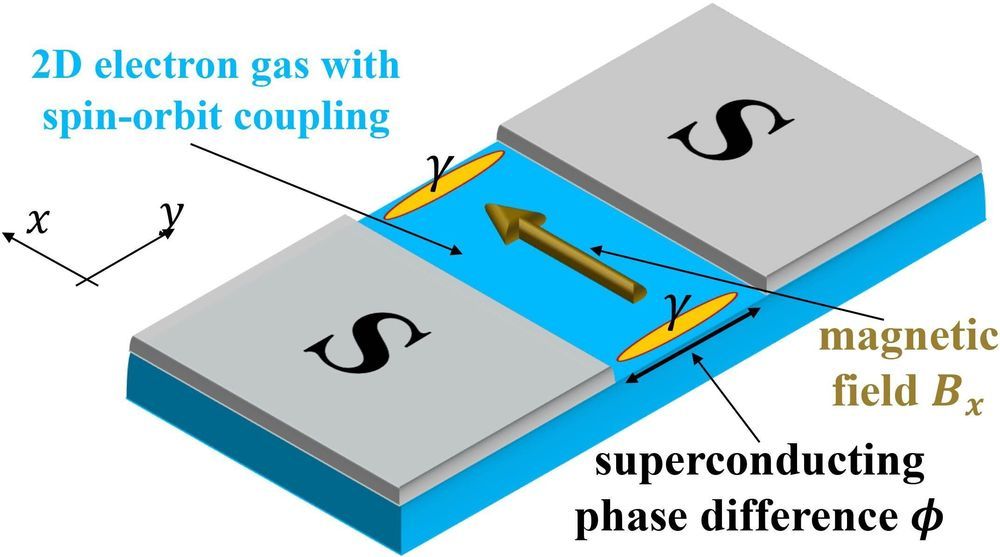
Majorana particles are very peculiar members of the family of elementary particles. First predicted in 1937 by the Italian physicist Ettore Majorana, these particles belong to the group of so-called fermions, a group that also includes electrons, neutrons and protons. Majorana fermions are electrically neutral and also their own anti-particles. These exotic particles can, for example, emerge as quasi-particles in topological superconductors and represent ideal building blocks for topological quantum computers.
Going to two dimensions
On the road to such topological quantum computers based on Majorana quasi-particles, physicists from the University of W\xFCrzburg together with colleagues from Harvard University (USA) have made an important step: Whereas previous experiments in this field have mostly focused on one-dimensional systems, the teams from W\xFCrzburg and Harvard have succeeded in going to two-dimensional systems.
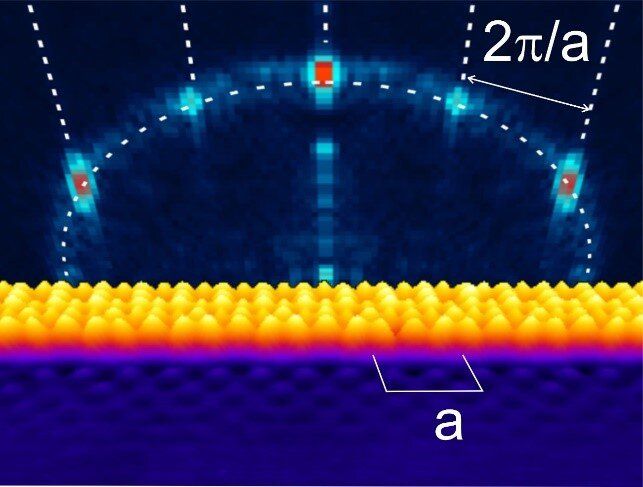
Nanostructures can be designed such a way that the quantum confinement allows only certain electron energy levels. Researchers from IMDEA Nanociencia, UAM and ICMM-CSIC have, for the first time, observed a discrete pattern of electron energies in an unconfined system, which could lead to new ways of modifying the surface properties of materials.
A research group from IMDEA Nanoscience and Universidad Autónoma de Madrid has found for the first time experimental evidence that one-dimensional lattices with nanoscale periodicity can interact with the electrons from a bidimensional gas by spatially separating their different wavelengths by means of a physical phenomenon known as Bragg diffraction. This phenomenon is well-known for wave propagation in general and is responsible for the iridescent color observed upon illumination of a CD surface. Due to the wave-particle duality proposed by De Broglie in 1924, electrons also present a wave-like behavior and, thus, diffraction phenomena. Actually, the observation that low-energy free electrons undergo diffraction processes upon interaction with well-ordered atomic lattices on solid surfaces was the first experimental confirmation of the wave-particle duality.
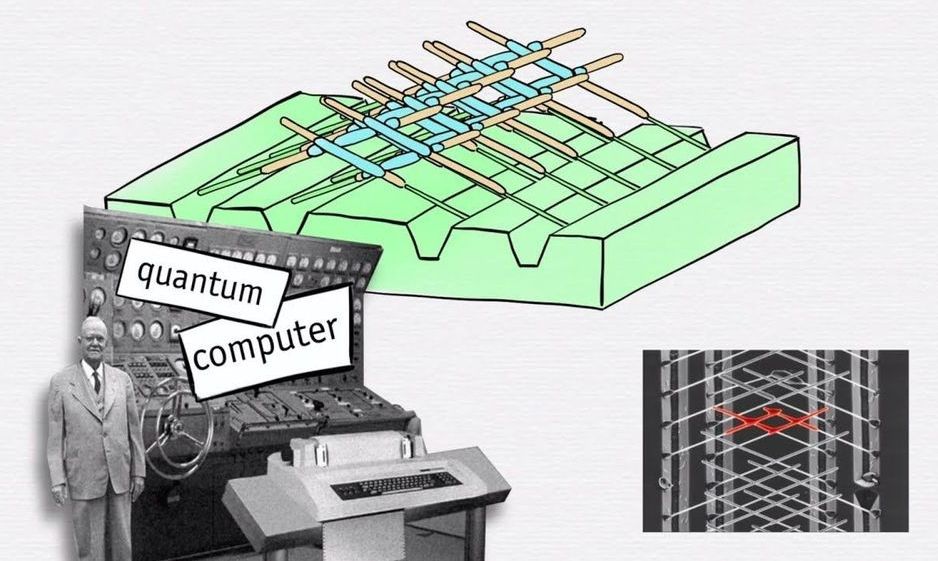
Gazibegović, Ph.D. candidate in the group of prof. Erik Bakkers at the department of Applied Physics, developed a device made of ultrathin networks of nanowires in the shape of “hashtags.” This device allows pairs of Majorana particles to exchange position and keep track of the changes occurred, in a phenomenon known as “braiding.” This event is considered as a striking proof of the existence of Majorana particles, and it represents a crucial step towards their use as building blocks for the development of quantum computers. With two Nature publications in her pocket, Gazibegović is ready to defend her Ph.D. thesis on May 10.
In 1937, the Italian theoretical physicist Ettore Majorana hypothesized the existence of a unique particle that is its own antiparticle. This particle, also referred to as a “Majorana fermion,” can also exist as a “quasiparticle,” a collective phenomenon that behaves like an individual particle, as in waves forming on the water. The water itself stays in the same place, but the wave can “travel” on the surface, as if it were a single particle in movement. For many years, physicists have been trying to find the Majorana particle without success. Yet, in the last decade, scientists from Eindhoven University of Technology have taken great leap forwards in proving the existence of Majorana particles, also thanks to the research of Gazibegović and her collaborations with the University of Delft, Philips Research and the University of California – Santa Barbara.
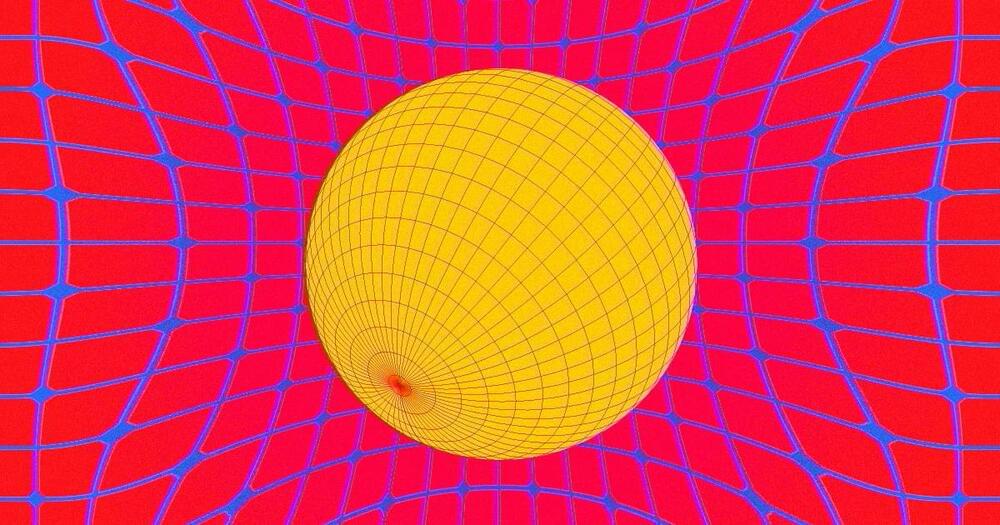
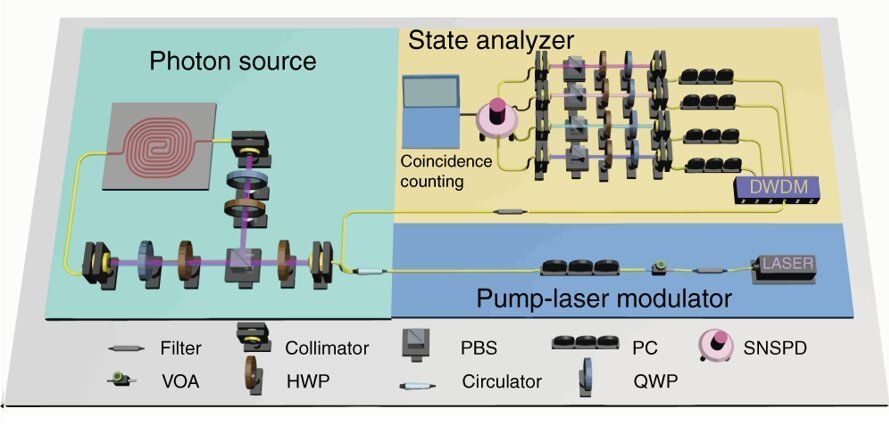
In a recent study now published in Light: Science & Applications, Ming Zhang, Lan-Tian Feng and an interdisciplinary team of researchers at the departments of quantum information, quantum physics and modern optical instrumentation in China, detailed a new technique to generate photon-pairs for use in quantum devices. In the study, they used a method known as four-wave mixing to allow three electromagnetic fields to interact and produce a fourth field. The team created the quantum states in a silicon nanophotonic spiral waveguide to produce bright, tunable, stable and scalable multiphoton quantum states. The technology is comparable with the existing fiber and integrated circuit manufacturing processes to pave the way to engineer a range of new generation photonic quantum technologies for applications in quantum communication, computation and imaging. The multiphoton quantum sources detailed in the work will play a critical role to improve the existing understanding of quantum information.
The scientists generated multiphoton quantum states using a single-silicon nanophotonic waveguide and detected four-photon states with a low pump power of 600 µW to achieve experimental multiphoton quantum interference verified with quantum state tomography. Zhang and Feng et al. recorded the quantum interference visibilities at a value greater than 95 percent with high fidelity. The multiphoton quantum source is fully compatible with on-chip processes of quantum manipulation and quantum detection to form large-scale quantum photonic integrated circuits (QPICs). The work has significant potential for multiphoton quantum research.
Multiphoton quantum sources are critical to build several practical platforms for quantum communication, computation, simulation and metrology. Physicists have made great efforts to realize high quality, bright and scalable multiphoton quantum states in previous work, to activate powerful quantum technologies by multiplexing several biphoton sources to generate eight-photon and 10-photon entanglement. However, the efficacy of such multiplexing systems decreased with the number of entangled photons. At present, quantum photonic integrated circuits (QPCIs) and silicon-on-insulator (SOI) technology remain promising to realize high quality photon-pair sources.

A new type of money that allows users to make decisions based on information arriving at different locations and times, and that could also protect against attacks from quantum computers, has been proposed by a researcher at the University of Cambridge.
The theoretical framework, dubbed ‘S–money’, could ensure completely unforgeable and secure authentication, and allow faster and more flexible responses than any existing financial technology, harnessing the combined power of quantum theory and relativity. In fact, it could conceivably make it possible to conduct commerce across the Solar System and beyond, without long time lags, although commerce on a galactic scale is a fanciful notion at this point.
Researchers aim to begin testing its practicality on a smaller, Earth-bound scale later this year. S-money requires very fast computations, but may be feasible with current computing technology. Details are published in the Proceedings of the Royal Society A.
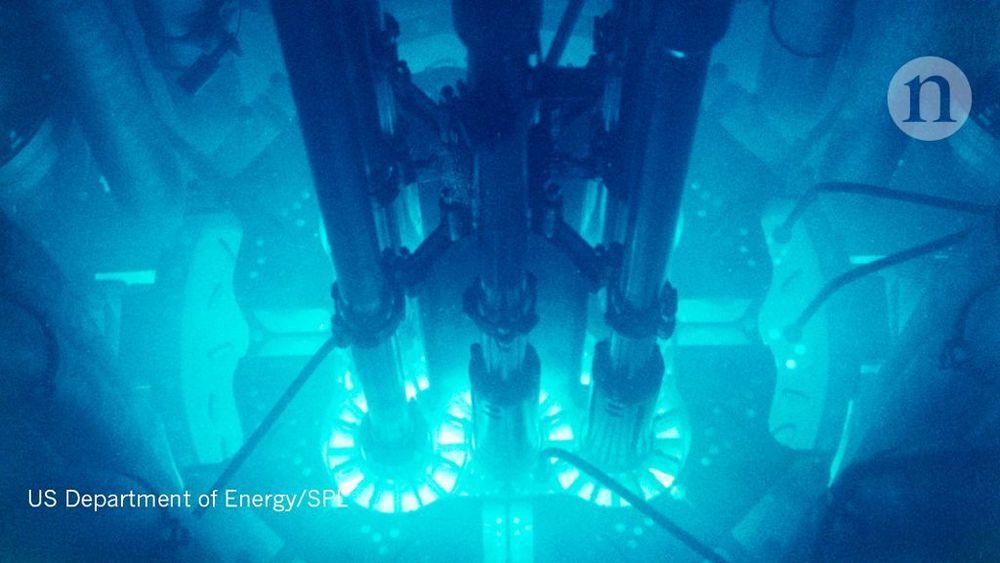
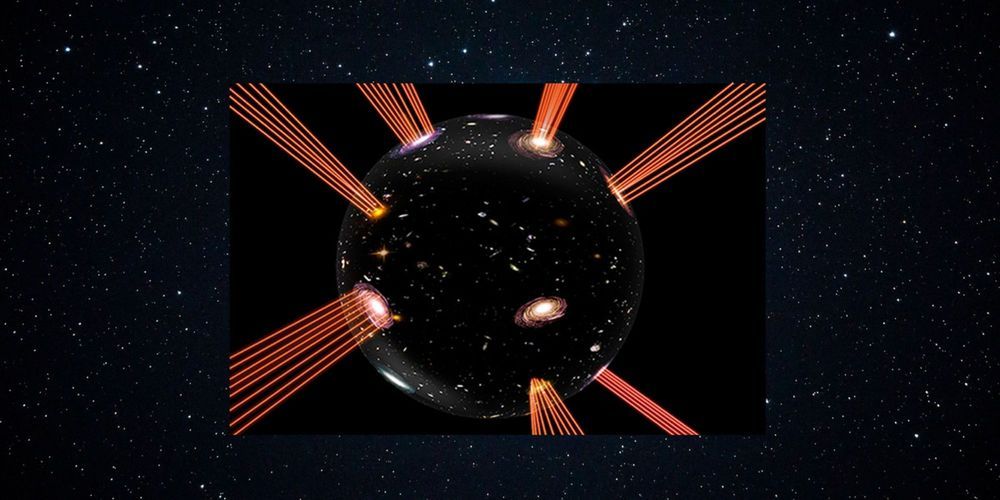

Logic and memory devices, such as the hard drives in computers, now use nanomagnetic mechanisms to store and manipulate information. Unlike silicon transistors, which have fundamental efficiency limitations, they require no energy to maintain their magnetic state: Energy is needed only for reading and writing information.
One method of controlling magnetism uses electrical current that transports spin to write information, but this usually involves flowing charge. Because this generates heat and energy loss, the costs can be enormous, particularly in the case of large server farms or in applications like artificial intelligence, which require massive amounts of memory. Spin, however, can be transported without a charge with the use of a topological insulator—a material whose interior is insulating but that can support the flow of electrons on its surface.
In a newly published Physical Review Applied paper, researchers from New York University introduce a voltage-controlled topological spin switch (vTOPSS) that requires only electric fields, rather than currents, to switch between two Boolean logic states, greatly reducing the heat generated and energy used. The team is comprised of Shaloo Rakheja, an assistant professor of electrical and computer engineering at the NYU Tandon School of Engineering, and Andrew D. Kent, an NYU professor of physics and director of the University’s Center for Quantum Phenomena, along Michael E. Flatté, a professor at the University of Iowa.